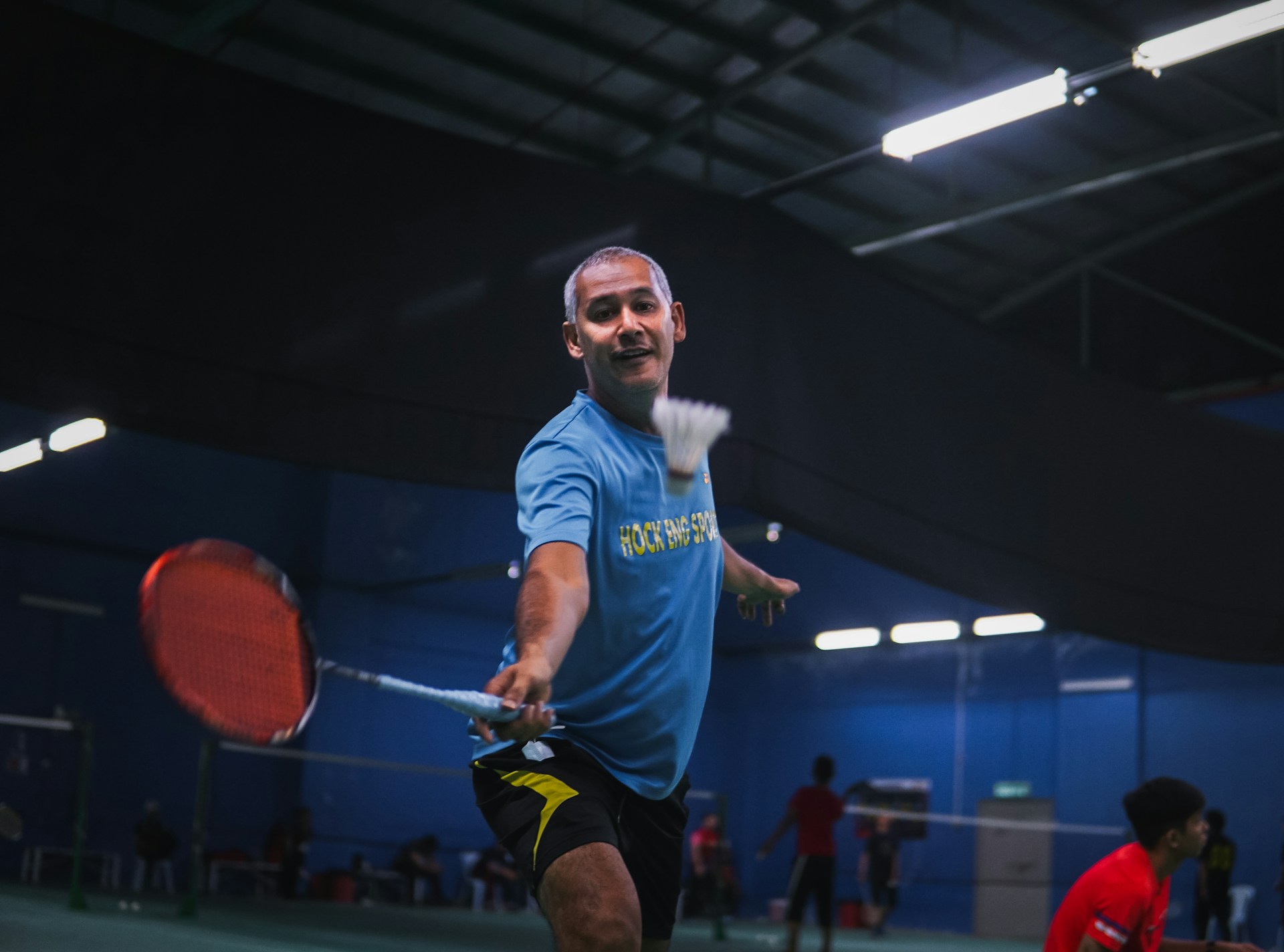Exercise Makes You Healthier, Ranking of 8 Longevity Exercises Released
Research data shows that people with regular exercise habits can increase their average life span by 2 to 4 years. A 25-year survey in Denmark found that 8 sports can best increase the average life expectancy. Among them, tennis, which ranks first, can extend its life span by nearly 10 years, followed by badminton and football.

(Photo via unsplash.com)
TAIPEI, TAIWAN (Merxwire) – Research data shows that people with regular exercise habits can increase their average life span by 2 to 4 years. A 25-year survey in Denmark showed that 8 sports can best increase life expectancy. Among them, tennis ranked first, which may extend life expectancy by nearly 10 years, followed by badminton and football. So if you want to live a long and healthy life, take action now.
The study was conducted by Frederiksberg Hospital in Denmark and initially sampled 19,000 people in Copenhagen. After sampling and screening, patients with a history of cancer, heart disease, stroke, etc. were excluded, and the final effective number of participants was 8,577 male and female citizens aged between 20 and 93. After conducting a follow-up survey for about 25 years, the average life expectancy increased by various types of exercise was analyzed, and the results were published in Mayo Clinic Proceedings.
Research results show that the following eight types of sports are the most effective in increasing lifespan. They are tennis, badminton, football, cycling, swimming, jogging, Calisthenics, and health club activities. They can increase the average life expectancy by 9.7 years, 5.2 years, 4.7 years, 3.7 years, 3.4 years, 3.2 years, 3.1 years, and 1.5 years.
Tennis ranks first because it can exercise muscle endurance, instant muscle explosive power and improve brain vitality, helping to reduce the risk of death. It can increase the life span by nearly 10 years. Badminton, which is a racquet sport like tennis, ranks second because it can train cardiopulmonary function, improve muscle endurance, activate the brain, and increase the average life expectancy by 5.2 years.
Tennis ranks first because it can exercise muscle endurance, instant muscle explosive power and improve brain vitality, helping to reduce the risk of death. It can increase the life span by nearly 10 years. Badminton, a racquet sport like tennis, ranks second because it can train cardiopulmonary function, improve muscle endurance, activate the brain, and increase the average life expectancy by 5.2 years.
Football, ranked third, helps lower blood pressure and cholesterol, maintains cardiovascular health, activates the brain, and trains reflexes and body coordination. Cycling ranked fourth, is an aerobic exercise that can increase the activity of the hippocampus in the brain, improve memory and cardiopulmonary function, and reduce the burden on the knees of the elderly. Swimming ranked fifth, is a full-body stretching exercise that can promote circulation, strengthen cardiopulmonary function, prevent arteriosclerosis, and tighten muscles.

(Photo via unsplash.com)
According to a WHO research report, daily lack of activity and exercise has become the fourth largest risk factor for global mortality, with an average of about 6% of deaths every year related to lack of activity. About 21% to 25% of patients with breast cancer and colorectal cancer, 27% of patients with diabetes, and 30% of patients with ischemic heart disease found that the cause of their illness was related to lack of mobility. Therefore, developing regular exercise habits can help reduce the risk of disease.
Research shows that people who exercise for 15 minutes a day can reduce the risk of total death by 14%, the risk of cancer death by 10%, and the risk of cardiovascular disease death by 20% compared with those who do not exercise. It can also reduce all-cause mortality by 30-35%. Moreover, these health benefits are applicable regardless of age and gender, even for those with bad habits or obesity, and can increase life expectancy by 2 to 4 years on average. In addition, exercise can also regulate mood, increase muscle mass, improve memory, prevent dementia, regulate hormone and insulin secretion, promote metabolism, and benefit the immune system. It can be said that it has many advantages.
James O’Keefe, a cardiologist at Saint Luke’s Mid America Heart Institute, believes that “play” is nature’s natural remedy for stress. At the same time, “playmates” during exercise also play an important role in health. If you can ride a bicycle or jog in groups or participate in group sports with companions, such as various ball games, it will have certain physical and psychological health effects, and it can also increase the average life expectancy.
If you already have the habit of regular exercise, you can continue to maintain it. If you don’t have the habit of exercising yet, you can start with 15 minutes of exercise every day. For initial exercise, you can choose brisk walking and cycling with lower and gentler intensity, and then slowly increase the exercise time and intensity. Japanese health and sports physician Kajiyama Yasuo believes that riding a bicycle puts less stress on the knees and has excellent exercise effects and health benefits. It can be said to be the first choice for middle-aged and elderly people.
In addition to regular exercise, you should also change bad habits in your life, such as reducing the time you spend sitting for long periods, getting up every hour to move your muscles and bones, getting rid of the habit of excessive drinking and smoking, paying attention to a regular and quantitative diet and balanced nutrition, and maintaining a good daily routine and a healthy weight. In this way, you can live healthier and healthier.
More News
View More



Recent Quotes
View More
Quotes delayed at least 20 minutes.
By accessing this page, you agree to the Privacy Policy and Terms Of Service.